The mink must go
A new generation of trappers is ending a catastrophic UK invasion
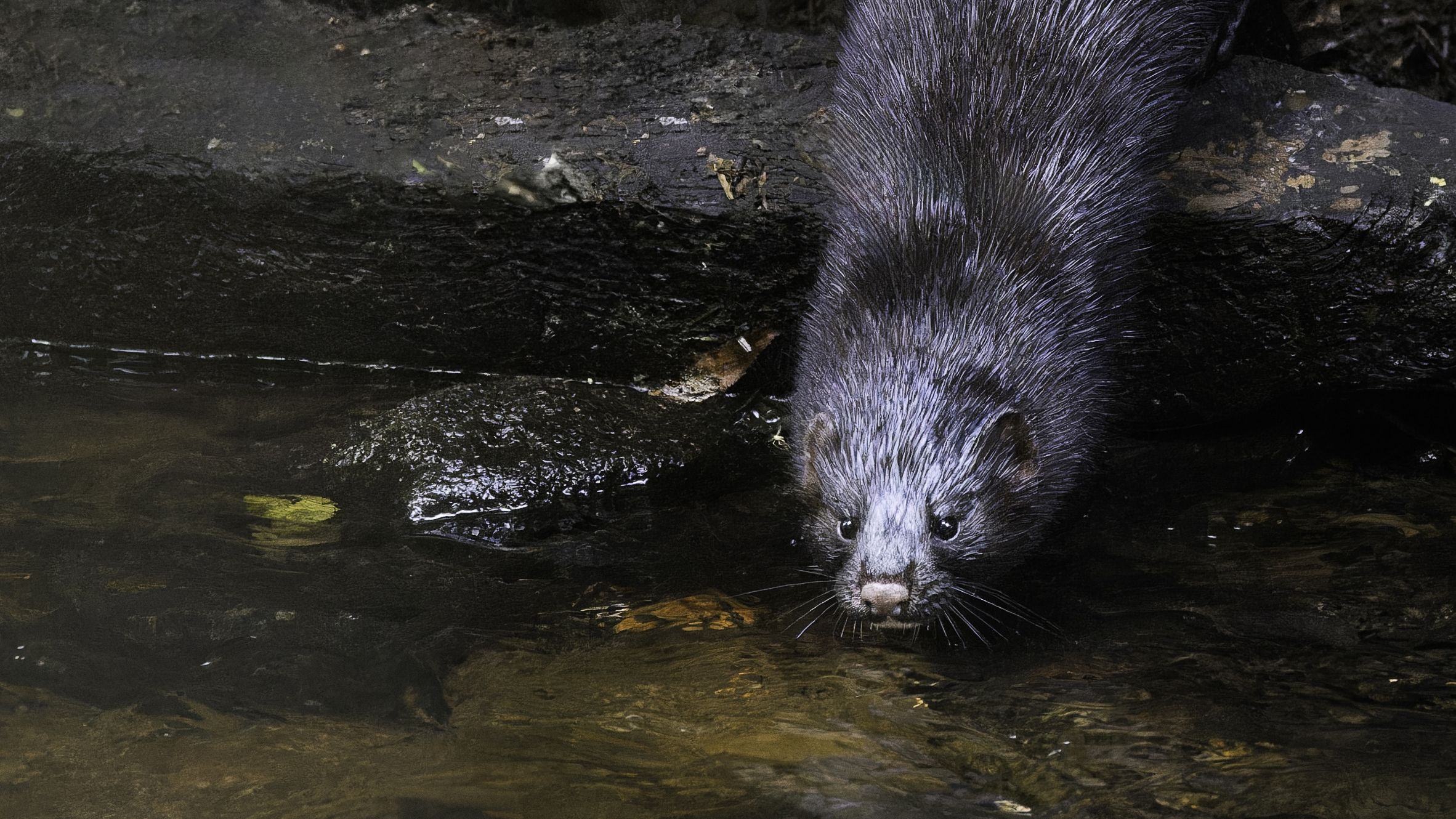
symbols.
Many have said it's an impossible task. But a new approach is astonishing scientists by clearing the UK of destructive American mink - the lasting hangover of mink farming - unbelievably quickly.
Early trappers of American mink were onto a lucrative business: across the world people were going crazy for its fur. UK mink farms, first opened in the 1920s, proliferated into the hundreds at the industry’s height.
But, through escape or release, mink ventured out across Britain’s landscape. With no natural predators and the ability to produce litters of up to nine at a time, their numbers quickly skyrocketed.
This is bad news for Britain’s native wildlife. Mink are carnivorous, and they’re not picky about their food. They can get into burrows and nesting holes; they’ll eat fish, small mammals, seabirds – pretty much anything they can sink their teeth into.
“Britain’s water voles used to be everywhere but their numbers have plummeted by 97% since the 1970s - mink are eliminating them left, right and centre.
“Mink are powerful animals for their size – they’ll even go for birds as big as herons. They’re savaging a lot of our native species.”
Bill Amos, Professor of Evolutionary Genetics in the University of Cambridge’s Department of Zoology.
American mink are throwing Britain’s natural ecosystems out of balance. If they’re not stopped, it won’t be long before the most susceptible species - like kingfishers and water voles - are completely wiped out. And reintroduction of these threatened species will only encourage the mink: “you’re basically just serving up their favourite food on a plate,” says Professor Bill Amos.
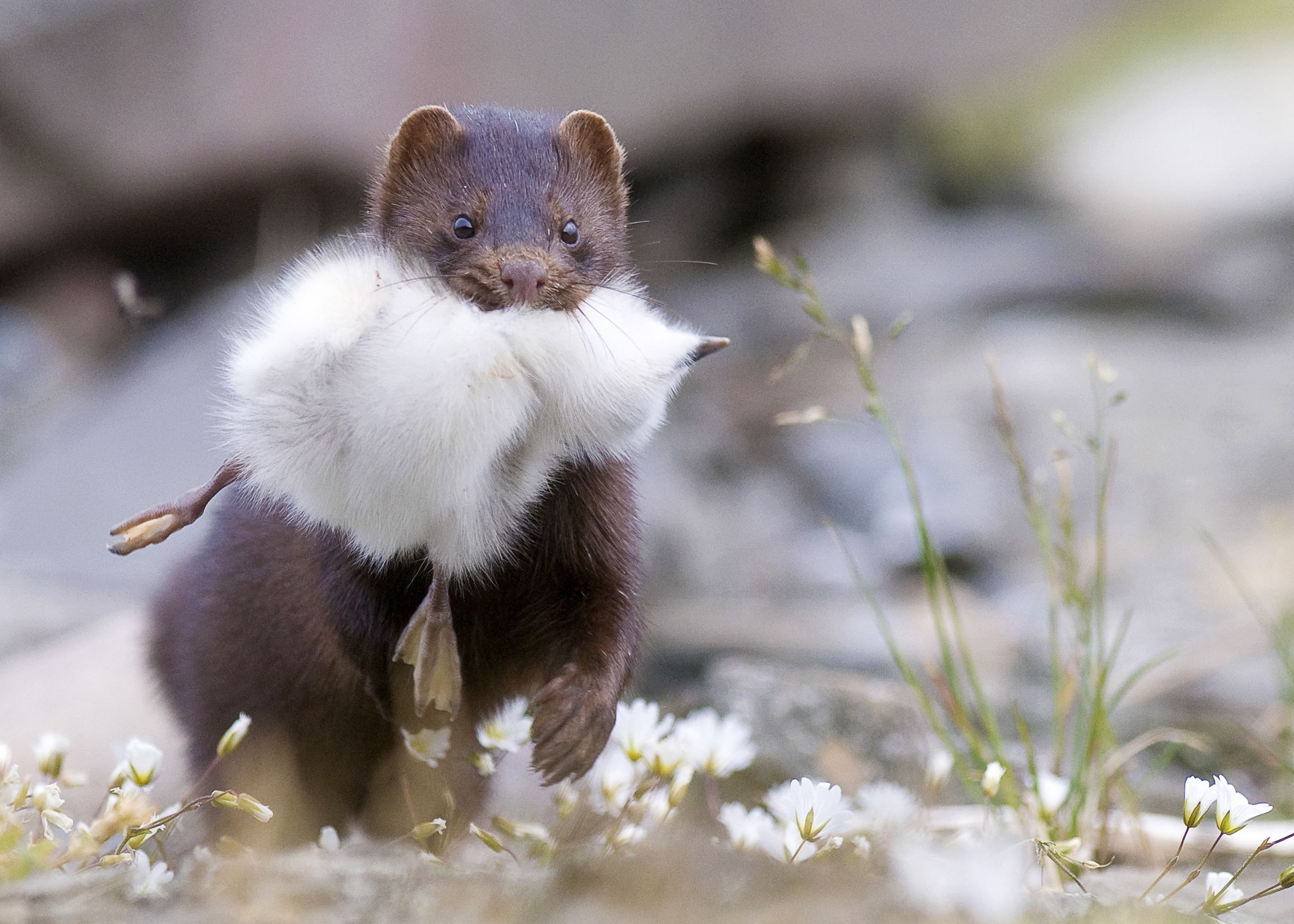
Mink will feast on any wildfowl they can catch - including chicks. Credit Terje Kolaas.
Mink will feast on any wildfowl they can catch - including chicks. Credit Terje Kolaas.
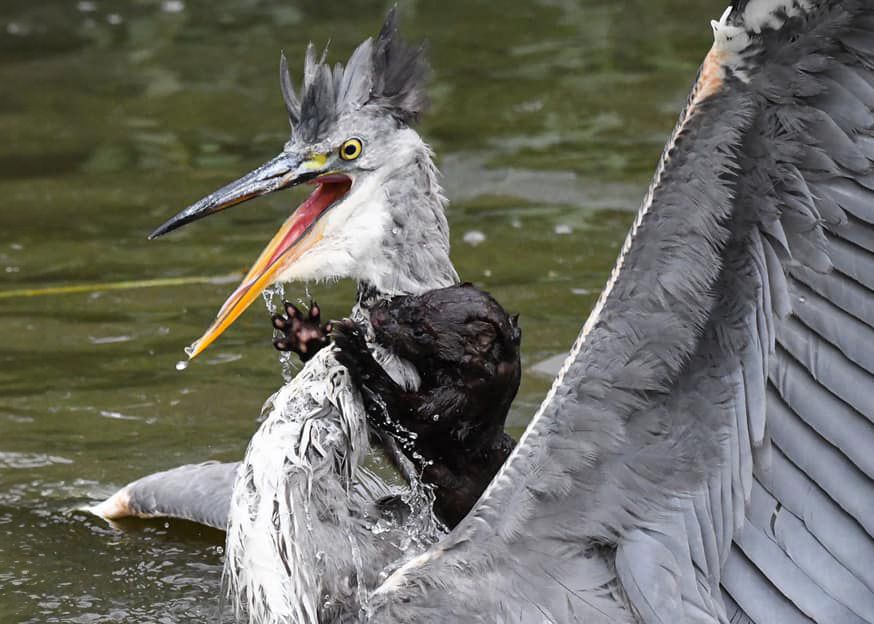
A mink sinks its teeth into a heron's neck. Credit Phil Burt.
A mink sinks its teeth into a heron's neck. Credit Phil Burt.
The mink must go.
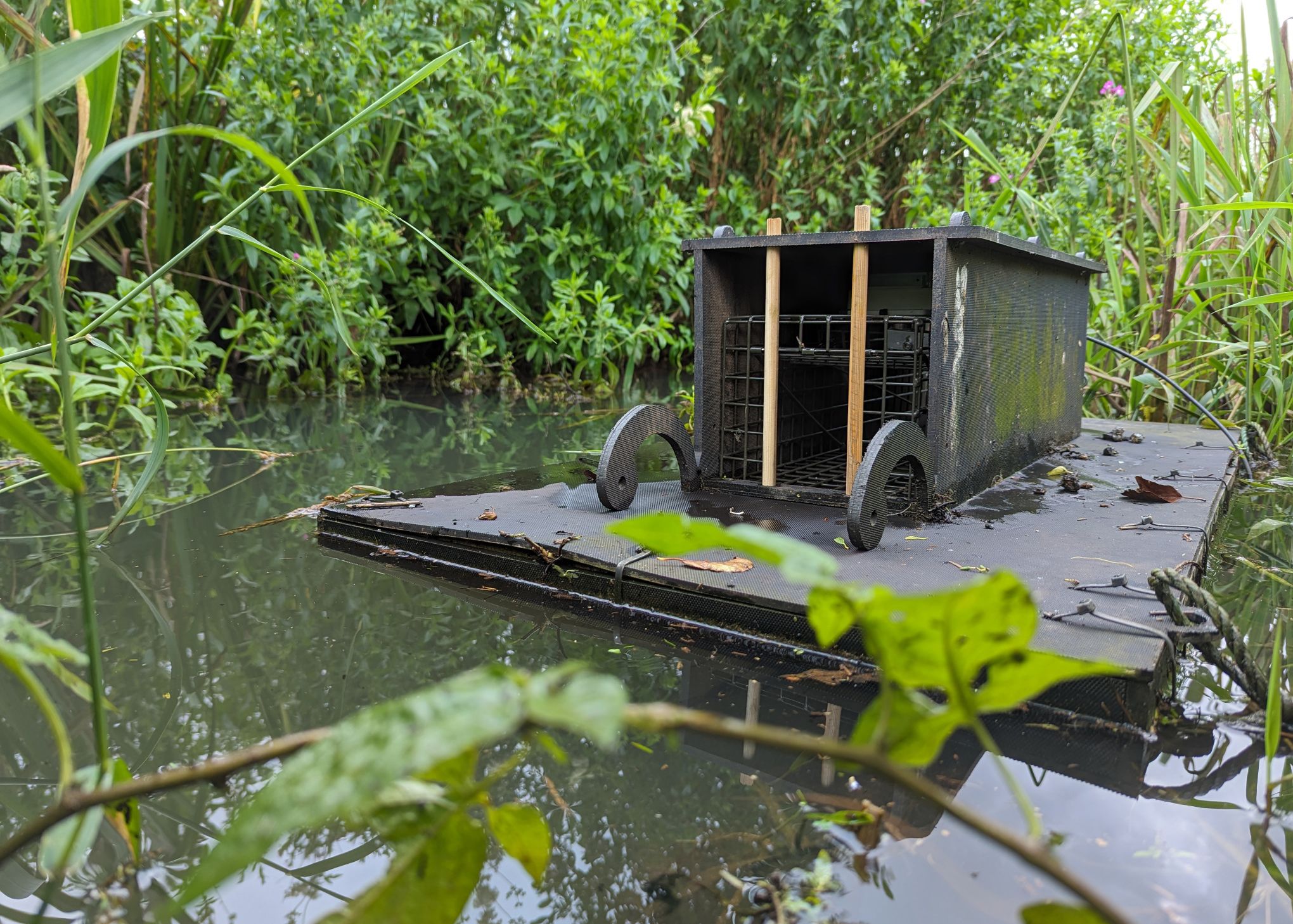
Mink traps are floated in waterways on rafts. Credit Stephen Mace.
Mink traps are floated in waterways on rafts. Credit Stephen Mace.
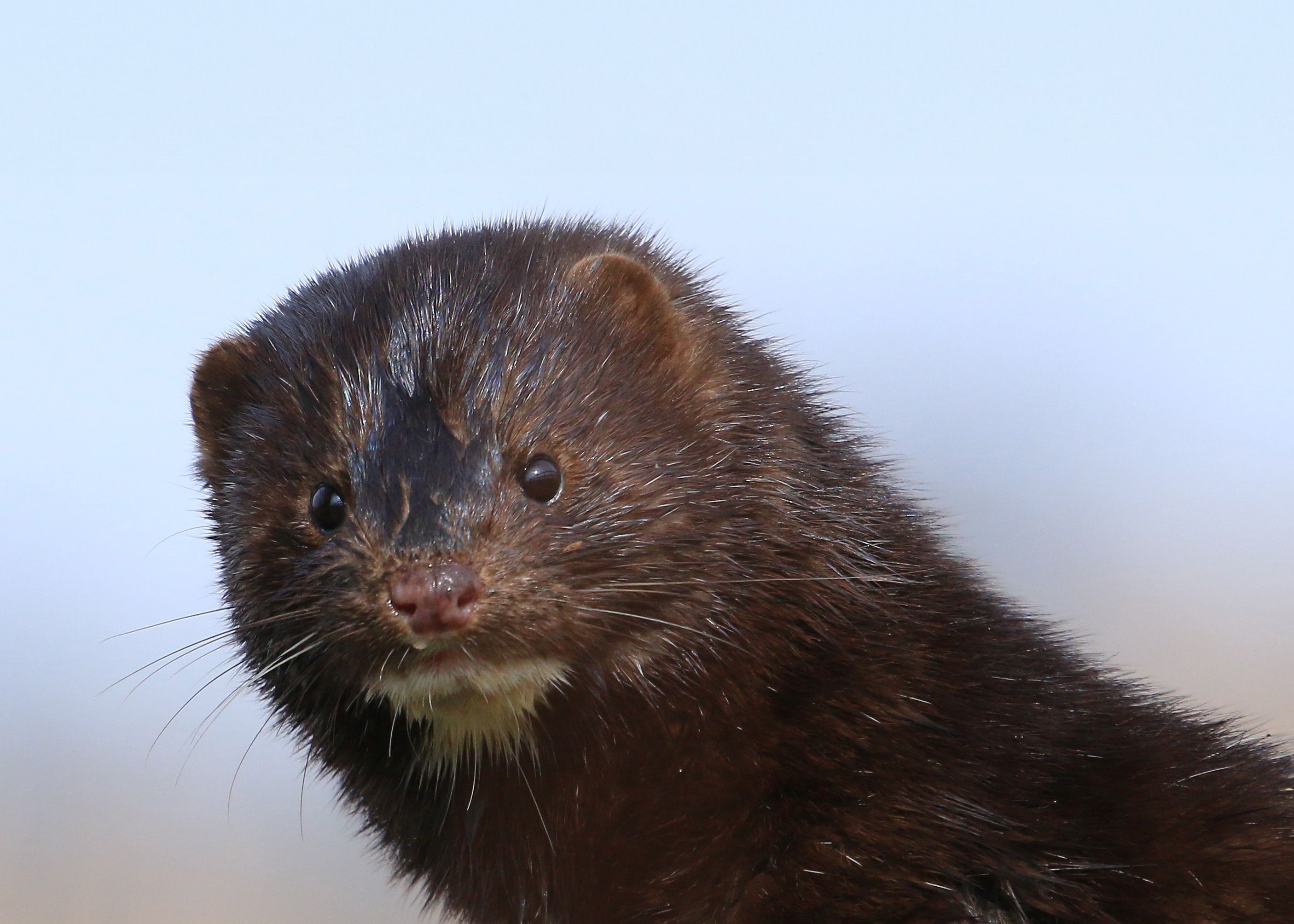
American mink on the River Chet. Credit Norman Wyatt.
American mink on the River Chet. Credit Norman Wyatt.
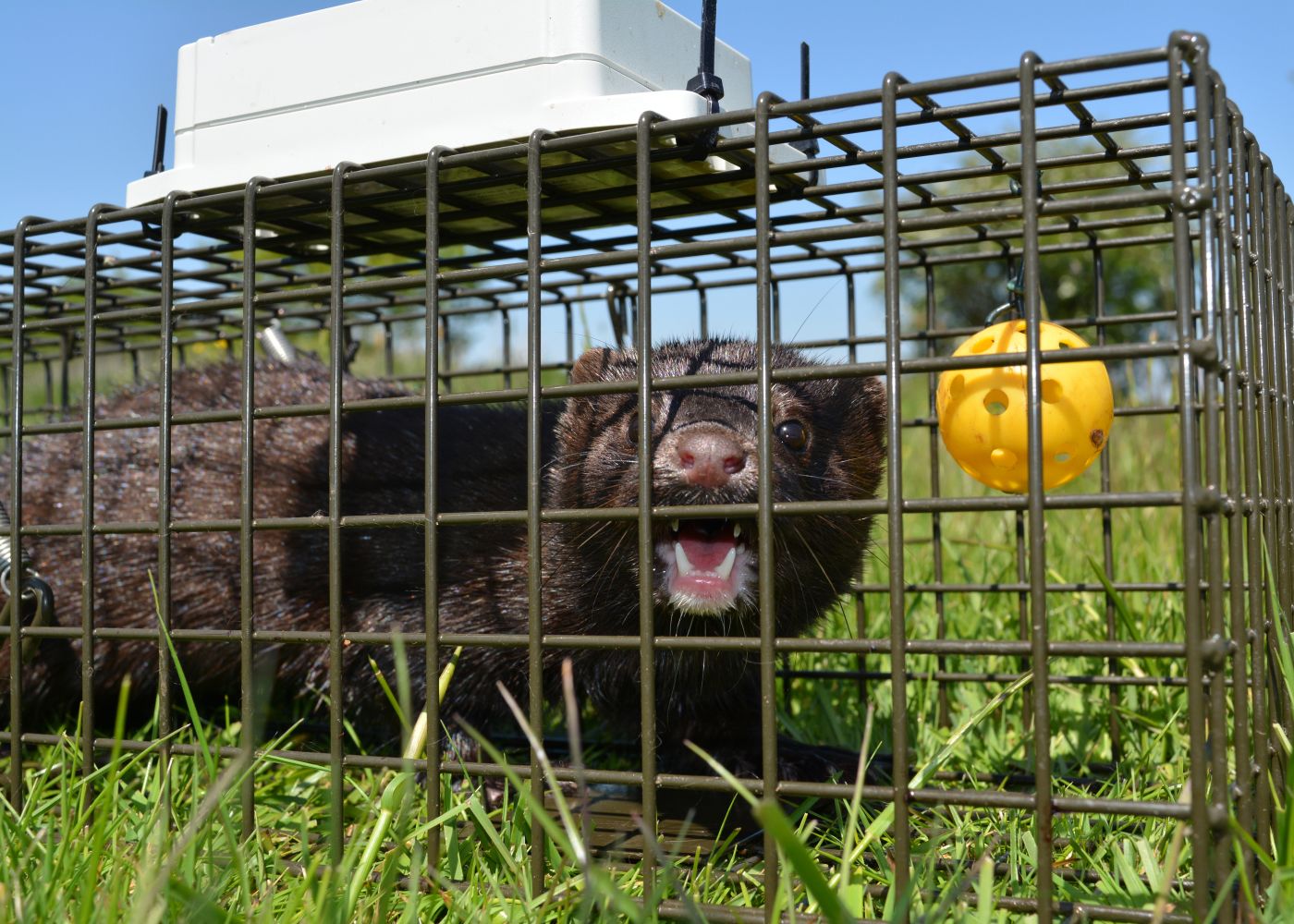
Plastic golf balls smeared in extract from mink anal glands mimic sexually receptive mink or competitors. This vastly increases the efficiency of the traps by luring in the mink. Credit Stephen Mace.
Plastic golf balls smeared in extract from mink anal glands mimic sexually receptive mink or competitors. This vastly increases the efficiency of the traps by luring in the mink. Credit Stephen Mace.
Amos is involved in a project that aims to eradicate mink from the UK and the challenge, he says, is getting rid of them all as quickly as possible. Previous attempts at eradication simply haven't worked because if there are any left at all, the population quickly bounces back.
“There were two main issues with previous eradication efforts,” says Amos. “The first is that they couldn’t be 100% confident of removing all the mink, and the second – which can’t be separated from the first – was not knowing the extent to which mink were migrating into cleared zones from the surrounding areas.”
This time it’s different. The new project has brought in smart traps, baited with a potent extract from mink anal glands, to lure in the mink. Traps are floated discreetly on rafts in waterways where the mink hang out. And as soon as a mink is caught, someone is automatically notified and can get there quickly to humanely kill it.
The second weapon is Amos’ speciality: genetics.
“If you don't know how far mink are moving, you don't know the area you have to clear before you can be fairly sure they're not coming back by immigration,” he says, “so that's where the genetics comes in big time.”
“By analysing DNA samples taken from the caught mink, we can estimate the relatedness between them – are they mother and daughter, are they siblings from the same litter? We were astonished to find that almost all family members are caught within about 15 kilometres of each other. This shows that the majority of mink aren’t moving very far at all.”
Focusing on 100 different genetic traits, Amos has mapped mink genetics across the country to help him pinpoint exactly where any specific mink is likely to have come from.
“It's like plotting the frequency of red hair genes in humans across the UK – if you did this you'd find big spikes in Ireland and Scotland,” he says. “So for the mink that means we can work out where immigrants to an area have come from, and start identifying their primary routes of travel.”
“If you want to minimise the number of mink you're killing, you have to wipe them out as fast as you possibly can.
"The worst thing you can possibly do is simply remove 50% each year, which are then replenished - then you're just killing them every year. That’s not a humane strategy in terms of minimising animal death.”
Professor Bill Amos
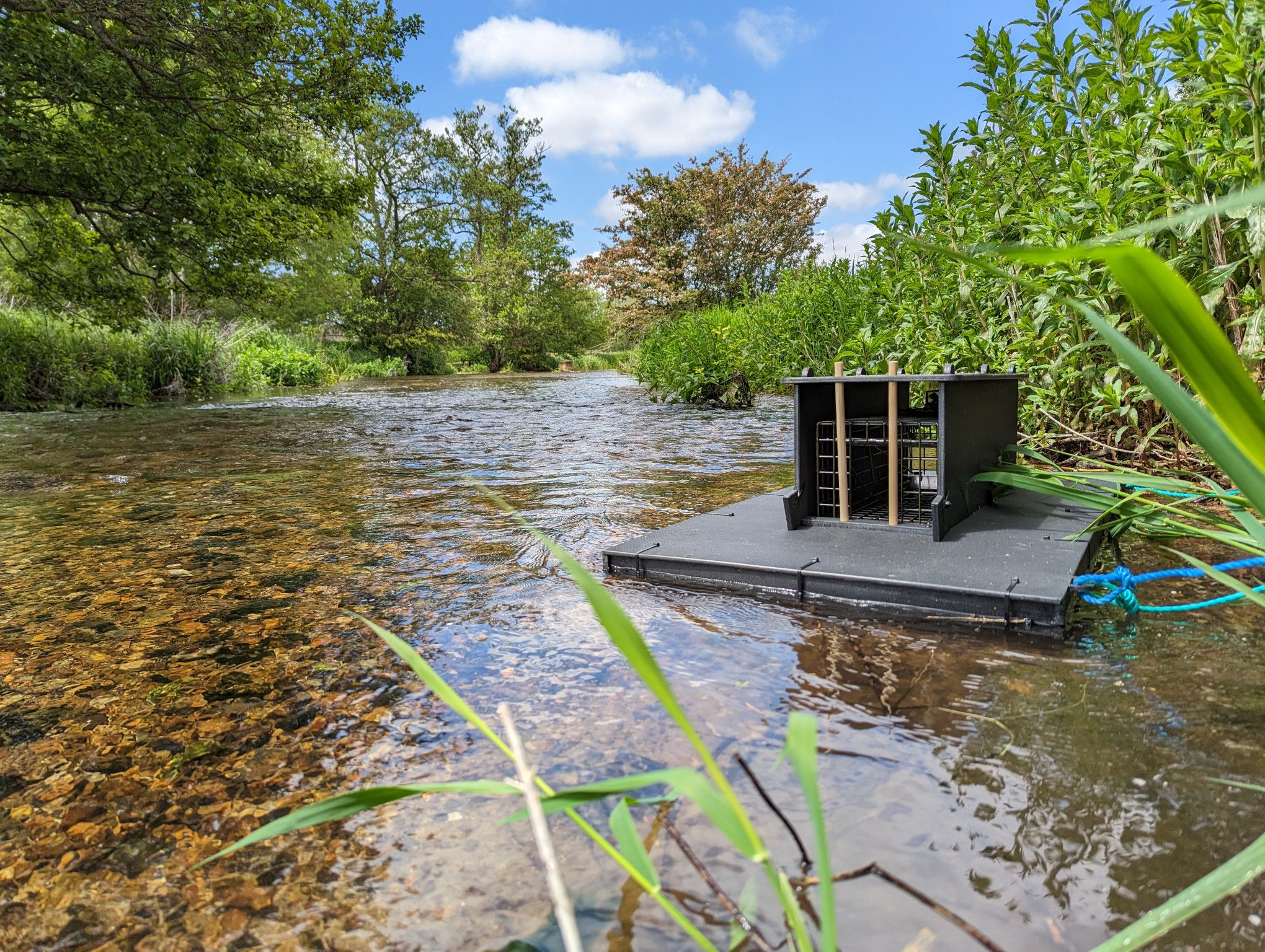
By combining intense trapping and a detailed understanding of mink movement, the project’s early success has been astonishing.
At the start of 2024, the team announced that it had cleared East Anglia - its ‘core area’ accounting for almost 5% of England - of mink. The work had started in earnest in 2020, and for the last two years there was no evidence of mink reproduction following extensive trapping.
“What’s spectacular about these results is that as well as the core area we also have a 70km wide buffer zone around it where we’ve been doing intense mink trapping, and this year the buffer zone was almost clear too,” says Amos, adding, "we’re getting rid of the mink unbelievably quickly.”
The project was created by a group of conservation charities and water management organisations with Professor Tony Martin at Dundee University as its driving force. This led to the creation of a charity, the Waterlife Recovery Trust, and hundreds of volunteers are now involved.
Grants from Natural England’s Species Recovery Programme fund the genetics work and have enabled the project to expand beyond its initial East Anglian focus, in support of the UK’s 2021 Environment Act to halt species decline.
The goal to end the lasting hangover of mink farming – only completely banned in the UK in 2000 - is finally in sight.
Mink are quickly being cleared across a growing area of the UK and funding will enable the trapping zone to radiate further: south to England’s southern coast, and north to the Humber estuary.
As a consequence, water vole numbers are bouncing back. Amos recalls meeting a farmer in tears because he’d seen water voles on his land for the first time since he was a child. Amos says:
“Previous attempts to get rid of mink were so ineffective that a lot of people thought this was an impossible task.
But the fact that we’ve cleared this huge swathe of land is a pretty good indication that our methods are working.”
Published 13 August, 2024
The text in this work is licensed under aCreative Commons Attribution-NonCommercial-ShareAlike 4.0 International License